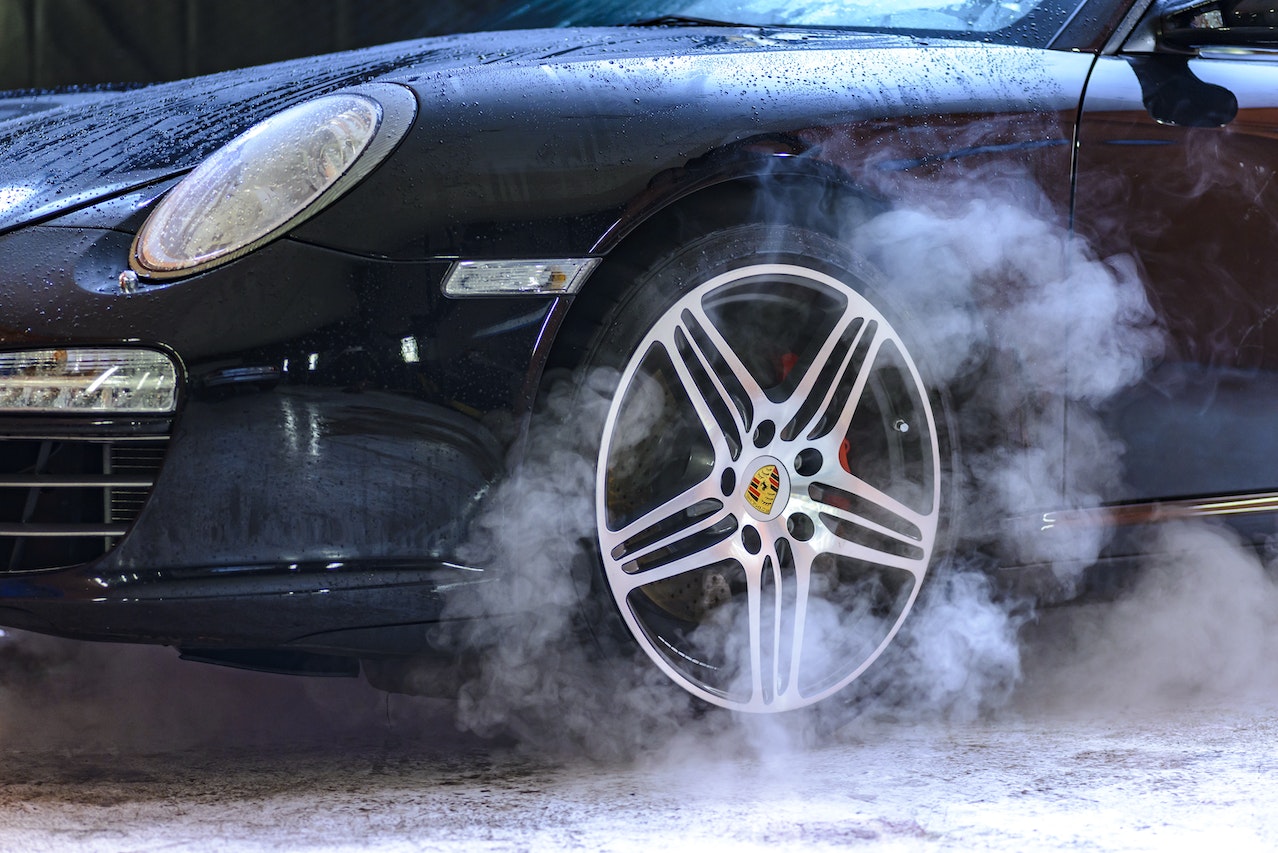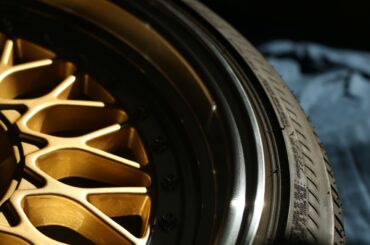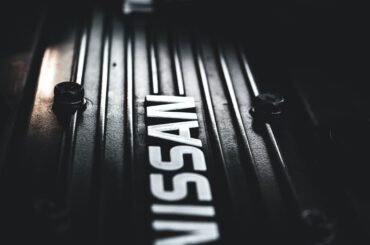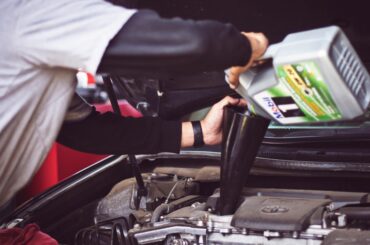You turn the key, and your car roars to life with a reassuring purr. However, as you shift into gear and press the gas pedal, there’s an unsettling revelation—it won’t move. This confounding situation is a source of frustration and concern for many drivers.
This article will unravel the mystery behind a car that starts but refuses to budge. We’ll delve into the crucial importance of diagnosing this issue promptly to regain your mobility and prevent potentially costly damage. Along the way, we will explore the possible reasons behind this enigma and provide practical solutions to safely get you back on the road. So, if you’ve ever wondered, What does it mean if my car starts but won’t move?
Contents
Transmission Troubles
When it comes to a car that starts but won’t move, transmission is one of the most likely culprits. The transmission plays a pivotal role in transferring power from the engine to the wheels, enabling your vehicle to shift gears and move forward. However, when the transmission encounters problems, it can be perplexing and frustrating.

1. How Problems with the Transmission Can Lead to This Issue:
– The transmission selects the appropriate gear ratio and ensures power is efficiently transferred to the wheels.
– Any malfunction within the transmission can disrupt this process, causing the vehicle to remain stationary even if the engine is running.
2. Common Automatic Transmission Problems:
– Slipping Gears: A common issue in automatic transmissions is gear slipping. This occurs when the transmission unexpectedly shifts between gears or has trouble staying in gear.
– Fluid Leaks: Transmission fluid is vital for cooling and lubricating the transmission. Leaks can lead to low fluid levels, causing erratic shifting and potential damage.
– Torque Converter Problems: The torque converter connects the engine to the transmission. Issues with this component can result in a lack of power transfer.
3. Common Manual Transmission Problems:
– Clutch Issues: In vehicles with manual transmissions, problems with the clutch frequently cause no-motion scenarios. The clutch won’t engage correctly if worn, damaged, or improperly adjusted.
– Synchronizer Problems: Manual transmissions use synchronizers to match the speed of the gears. When these components fail, it can be challenging to shift gears smoothly.
– Worn Gears: Over time, the gears in a manual transmission can wear down, making it difficult to engage them properly.
4. Signs and Symptoms to Help Readers Identify Transmission Issues:
– Delayed or Harsh Shifting: If your car hesitates when changing gears or shifts with a jolt, it may indicate a transmission problem.
– Unusual Noises: Grinding, whining, or clunking noises when shifting can signal trouble.
– Burning Smell or Discolored Fluid: A burning odor or dark, burnt transmission fluid can indicate overheating and potential damage.
– Warning Lights: Modern vehicles often have warning lights for transmission issues. If your dashboard lights up, take it seriously.
Is the Audi A3 a good reliable car? Best Review
Driveline Dilemmas
While transmission issues are often the first suspects in a car’s refusal to move, it’s also essential to consider the driveline components. The driveline consists of crucial parts such as the driveshaft, CV joints (Constant Velocity joints), and differential, all working together to transfer power from the transmission to the wheels. When problems arise within this system, they can bring your vehicle to a standstill.
1. Describe the Role of the Driveshaft, CV Joints, and Differential:
– Driveshaft: The driveshaft is a rotating tube that connects the transmission to the differential. It transmits torque from the transmission to the differential, sending power to the wheels.
– CV Joints: CV joints are part of the driveshaft and allow for flexible power delivery to the front wheels in most front-wheel-drive vehicles. They maintain a constant velocity while accommodating the vehicle’s suspension movement.
– Differential: The differential is a gearbox located between the drive wheels. It allows the wheels to rotate at different speeds while maintaining power delivery.
2. Explain How Issues with These Components Can Prevent the Car from Moving:
– Driveshaft Problems: If the driveshaft becomes damaged or disconnected from either end, it can no longer transfer power from the transmission to the wheels, resulting in a lack of movement.
– CV Joint Issues: Damaged CV joints can cause a loss of power transfer, especially during turns, leading to a situation where the car may start but not move, particularly noticeable when making sharp turns.

– Differential Troubles: A malfunctioning differential can result in uneven power distribution to the wheels or complete power loss, causing the vehicle to remain stationary.
3. Provide Signs of Driveline Problems:
– Unusual Vibrations: If you feel unusual vibrations or shuddering while driving or accelerating, it may indicate issues with the driveshaft or CV joints.
– Clicking or Clunking Sounds: Clicking or clunking noises when turning or accelerating could indicate CV joint problems.
– One-Wheel Drive: If only one wheel receives power while the others remain stationary, it could point to a differential issue.
– Fluid Leaks: In the case of rear-wheel-drive vehicles, a leaking differential can result in low fluid levels, leading to driveline problems.
Brake Blues
When you think of brake issues, you may associate them with stopping your car, but they can also impact its ability to move forward. Understanding how brake problems can lead to a car that starts but won’t move is essential for safety and correctly diagnosing the issue.
1. Explore How Brake Problems Can Affect the Car’s Ability to Move:
– Stuck Caliper: A common brake-related issue is a stuck brake caliper. When a caliper remains engaged even after you release the brake pedal, it can prevent the wheel from rotating freely, resulting in a no-motion scenario.
– Brake Pad Sticking: Brake pads can stick to the brake rotor over time, creating friction that resists wheel movement.
– Parking Brake Issues: If the brake fails to disengage fully, it can act as an anchor, preventing the car from moving forward.
2. Discuss Common Brake-Related Issues:
– Brake Caliper Problems: Calipers can become stuck or malfunction, causing constant brake pad contact with the rotor.
– Brake Pad Wear: Worn brake pads can create excessive friction, impairing wheel movement.
– Parking Brake Malfunctions: A faulty parking brake can engage unintentionally or fail to release properly.
3. Explain How to Distinguish Brake Issues from Other Problems:
– Testing Brakes: Start by testing your brakes. If you can roll your car freely when the brake pedal is not applied, the brakes might not be the issue.
– Noises and Feedback: Consider unusual noises or feedback while driving. Squealing, grinding, or a sensation of constant resistance can point toward brake issues.
– Inspecting Brake Components: If you suspect brake problems, have a mechanic inspect the brake calipers, pads, and parking brake mechanisms.
Axle and Wheel Woes
Axles and wheel bearings are often overlooked when diagnosing a car that starts but won’t move, but they play a vital role in your vehicle’s mobility. Understanding how damage to these components can affect movement and recognizing the signs of axle and wheel problems is crucial.
1. Describe How Damage to Axles or Wheel Bearings Can Impact Movement:
– Axle Damage: The axles connect the wheels to the transmission and transfer power. If an axle is bent, broken, or damaged, it can disrupt power transfer, preventing the car from moving.
– Wheel Bearing Issues: Wheel bearings allow wheels to rotate smoothly. When they become worn or damaged, it can create excessive friction, making it difficult for the wheels to turn.
2. Discuss Signs of Axle and Wheel Problems:
– Clicking or Clunking Noises: A clicking or clunking sound, especially when turning or accelerating, may indicate a damaged axle.
– Vibration or Wobbling: If you experience vibrations or wobbling at certain speeds, it could be a sign of a damaged wheel bearing.
– Uneven Tire Wear: Irregular tire wear patterns, such as cupping or feathering, can result from axle or wheel bearing issues.
– Difficulty Turning: A damaged axle may cause difficulty steering or turning the vehicle.
Electrical and Sensor Snags
In modern vehicles, electronic control systems and sensors ensure smooth operation. However, these components can disrupt movement when malfunctioning, even if your car starts without a hitch. Understanding the influence of electronic control systems, the impact of faulty sensors, and how to diagnose electrical and sensor issues is essential.
1. Discuss How Electronic Control Systems Can Affect Movement:
– Control Modules: Modern cars rely on various control modules that manage engine performance, transmission, brakes, etc. A malfunction in these modules can disrupt the coordination necessary for movement.
– Electronic Throttle Control: Electronic throttle control systems regulate engine power based on driver input. Malfunctions can result in a lack of response when pressing the gas pedal.
2. Explain How Faulty Sensors or Electrical Issues Can Lead to This Problem:
– Sensor Malfunctions: Faulty sensors, such as the throttle position sensor, crankshaft position sensor, or wheel speed sensors, can send incorrect data to the vehicle’s control systems, causing erratic behavior.
– Wiring and Connector Problems: Damaged or corroded wiring, loose connections, or blown fuses can interrupt the flow of electrical signals, affecting critical systems.
3. Offer Guidance on Diagnosing Electrical and Sensor Issues:
– Scan for Error Codes: Use an OBD-II (On-Board Diagnostics) scanner to retrieve error codes from the vehicle’s computer. These codes can provide valuable insights into the source of the problem.
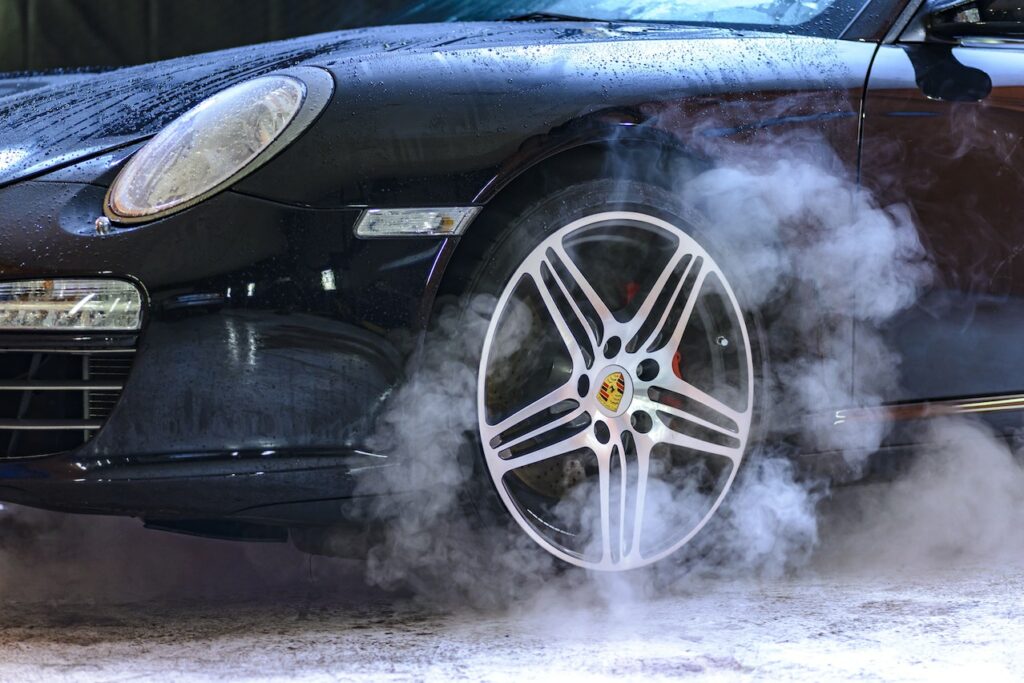
– Visual Inspection: Inspect wiring harnesses, connectors, and fuses for any visible damage or loose connections. Repair or replace as needed.
– Professional Diagnostics: If you’re unsure about diagnosing electrical or sensor issues, it’s advisable to seek the expertise of a professional mechanic with access to specialized diagnostic tools.
What does it mean if my car starts but won’t move?
In the world of automobiles, the scenario of a car starting but refusing to move is not uncommon. We’ve explored various potential causes, including transmission, driveline, brake, engine, electrical issues, and the often-overlooked parking brake.
Mastering Road Safety: What Happens if You Switch from D to R While Driving? (2023)
Too Much Oil in Car White Smoke Coming from Your Car? Possible Problems in 2023
What Are the Bad Input Shaft Bearing Symptoms? Important Car Facts for 2023


